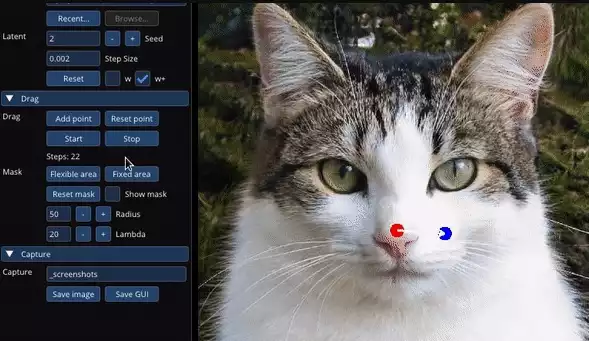Photo editing may be the next field to be conquered by AI, thanks to an exciting new tool announced by a group of researchers at Google.
Working with the Max Planck Institute for Informatics, they have created a point-based image manipulation tool called DragGAN. Basically, it can incrementally move multiple points in an image along a user-defined target trajectory. The really clever part is that the AI keeps the output within the bounds of a realistic image.
This means that, in theory, one can manipulate the dimensions of a vehicle or the expression on a face without it appearing distorted, even without expertise in image editing. Moreover, it can be done by simply clicking the cursor.
Currently, DragGAN is still just a research white paper. However, interest in it is high, and traffic has crashed the team's homepage several times in the last couple of days.
"Existing approaches gain controllability of generative adversarial networks (GANs) via manually annotated training data or prior 3D models, but often lack flexibility, accuracy, and generality," the researchers write.
"In this study, we investigate a powerful, but little explored, method for controlling GANs.
While existing photo editing tools can quickly resize and rework images (like Photoshop's "warp" tool), it is a fundamentally different process. Those tools literally pull the image to one side or the other as you type. DragGAN, however, regenerates the entire underlying object to accommodate the changes you want to make.
In a larger context, it can be used in conjunction with text-to-image generative AI tools such as Midjourney or Runway. If the prompt output is not what you want, DragGAN will allow you to edit faster and more efficiently than with a professional-level editing suite.
Other examples described in the research paper include changing the height of the mountain, moving the model's position, resizing her clothing, and opening and closing the lion's mouth to represent a roar. AI can also fill in gaps in photographic elements that are normally unavailable.
"Our approach can hallucinate occluded content, like the teeth in a lion's mouth, and can deform it according to the rigidity of the object, like the bending of a horse's legs," the team added.
It is not yet clear when the DragGAN tool will be released for mainstream use, but a note on the team's Github page indicates that the code will be available in June 2023. Until then, here are the five best AI image generators available right now.










Comments